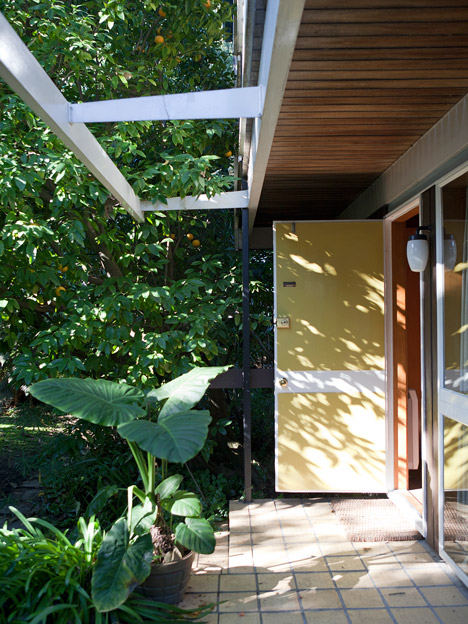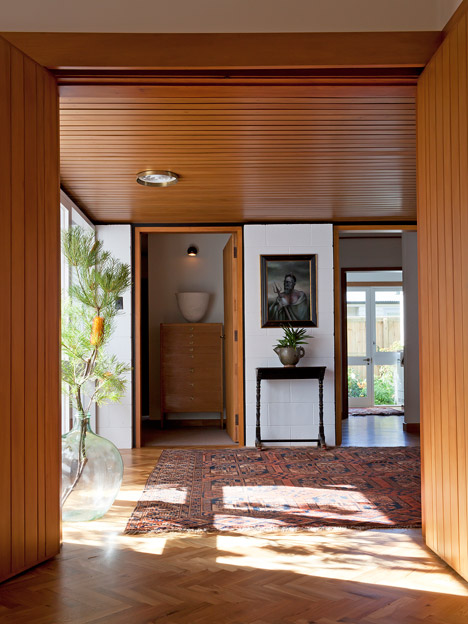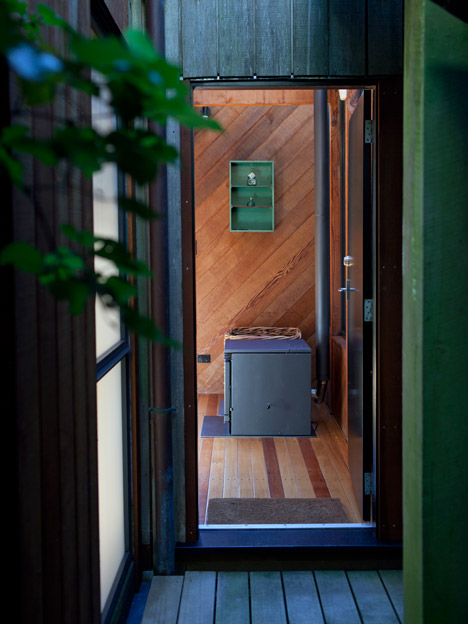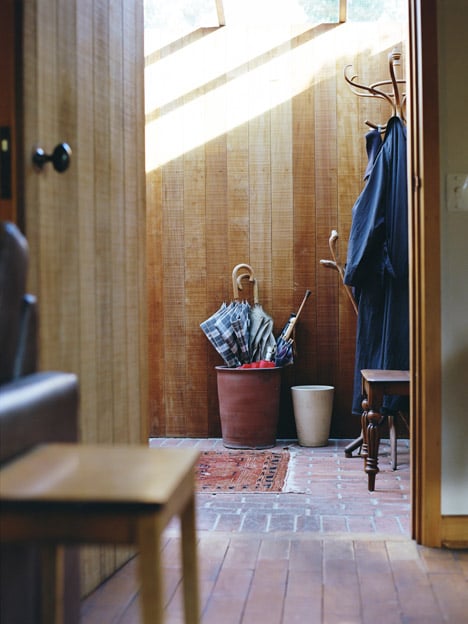Down the long driveway: New Zealand homes photographed by Mary Gaudin
Photo essay: Montpellier-based photographer Mary Gaudin has created a series of images documenting mid-century residential architecture in New Zealand, her home country.
Following the 2011 Christchurch earthquake, which severely damaged New Zealand's second-largest city, Gaudin was struck by how many notable Modernist houses had been destroyed without record. She embarked on a project to capture those that remain.
Her new book, titled Down the long driveway, you'll see it, presents 14 residences completed between 1950 and 1974, all of which she believes remain true to the architect's vision.
In this photo essay, she says she hopes it will serve as a record of the "particular mix of craftsmanship and design" that is unique to the country's architecture.
The houses aren't new, they're old and lived in. They can be a little dusty, slightly worn around the edges and all have what antique dealers like to call "patina". But they're perfect in the minds of the people who live in them because of what they represent, which when designed, was a better way of living.

The idea for the project wasn't so much to document the houses in purely architectural terms, but to give an idea of the way these houses were and are lived in, as well as showing details of the designs and the materials used in their construction. The use of native timbers throughout these houses has given a unique feel to the interiors. In the Martin house, for example, John Scott used rimu for cupboard doors and matai, a wood which darkens with age, for the handles.
I wanted to look at the way these houses fitted into their surroundings. All of the Wellington homes are connected to native bush, attracting tuis, fantails and bellbirds amongst other native birds. The owners of the Einhorn house, which backs onto the Karori bird sanctuary, sometimes see rare hihi feeding in their garden. The front of the Manning house is surrounded by an enormous pohutukawa tree which, from inside the house, filters views out towards Auckland Harbour Bridge.

The starting point came after visiting friends and family in Christchurch after the 2011 earthquakes, and seeing how many Modernist houses had been badly damaged or completely destroyed. Added to this was the fact that I had been living overseas in London and France for 20 years and despite regular visits back to New Zealand, I wanted to undertake a photographic project which renewed connections for me.

With this in mind, I contacted graphic designer Matthew Arnold for advice about the project and it soon became clear that he had a massive knowledge and love of New Zealand mid-century architecture. We decided to collaborate together and began collating a long list of homes. The criteria for the book was broad: that the homes were designed around the middle of the century, were modern in their day and remain so. And as long as they were relatively original and the architect's vision remained intact, they were candidates.
What was initially a long list, quickly became short as lot of the prospective homes had been altered, neglected or sadly, demolished. After hours of research on Matt's part and countless email exchanges, I travelled to New Zealand in the autumn of 2013 and spent a month photographing these houses.
What we found in the homes featured were owners who understood and appreciated the idea of architecture. They didn't hesitate to open up their doors, which can be a pretty invasive request, and they all seemed to have a strong sense of being custodians of their homes, rather than simply owners.

The title of the book – Down the long driveway, you'll see it – comes from a phrase in an email from Bruce Martin giving directions to his home at Bridge Paa. Filled with a lifetime's of pottery both from Bruce and Estelle's work, together with gifts from potter friends, the Martin's home highlights the particular mix of craftsmanship and design that is reminiscent of all the homes shown.